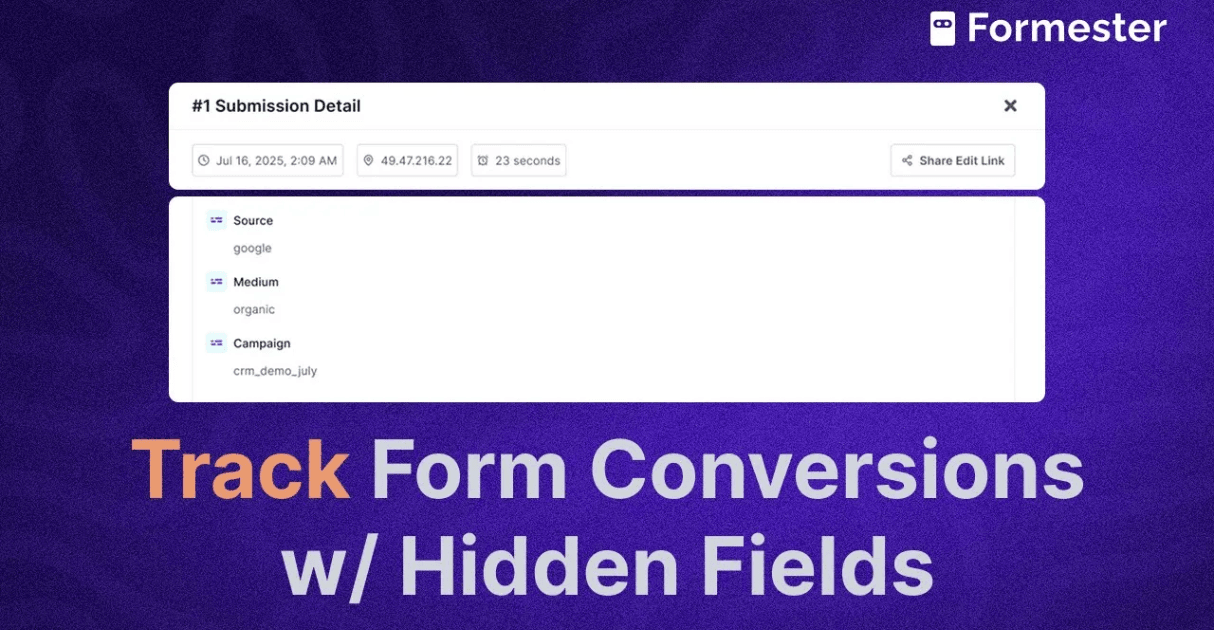How to Improve Workplace Safety with Training Feedback Forms

Workplace safety is a big deal. When everyone stays safe, productivity improves, and accidents are less likely. But creating a safe environment doesn’t happen by chance, it requires proper training.
Training programs teach employees how to handle emergencies and follow safety protocols. However, not all training works perfectly the first time. That’s where feedback forms becomes essential. By gathering feedback, you can figure out what’s missing in your training and make it better.
The Link Between Feedback and Safety
Feedback is like a mirror for your safety training. It shows you what’s working and what isn’t. For example, employees might share that some instructions were unclear or that certain hazards weren’t covered.
Real-life example: A warehouse team reported through feedback forms that their fire drills weren’t realistic. After adjusting the drills, employees responded faster during an actual emergency.
By continuously listening to your employees’ insights, you can fix gaps in training and keep improving safety. To support this effort, mentoring software provides tailored coaching and expert guidance, helping employees develop the skills needed for a safer work environment.
Benefits of Using Training Feedback Forms
Here’s why feedback forms are game-changers for workplace safety:
Better Training Quality: Fix problems and address specific concerns that employees highlight.
More Employee Engagement: When employees feel heard, they’re more likely to follow safety measures.
Improved Compliance: Keep up with industry safety standards and avoid costly violations.
Key Questions to Include in Feedback Forms
The right questions lead to useful feedback. Here are some examples:
"Were safety protocols explained clearly?" (Yes/No)
"Do you feel confident handling emergencies?" (Scale: 1–5)
"What parts of the training need improvement?" (Open-ended)
"Did the trainer provide practical examples?" (Yes/No)
"What additional safety topics would you like covered?" (Open-ended)
These questions help uncover gaps and give employees a chance to share honest thoughts.
Tips for Creating Effective Feedback Forms
Make feedback forms easy to use so employees won’t hesitate to fill them out:
Keep It Simple: Don’t overload the form with too many questions. Stick to the essentials.
Use Variety: Mix multiple-choice questions with open-ended ones to get detailed answers.
Anonymity: When employees feel their responses are private, they’re more likely to be honest.
Be Specific: Avoid vague questions. Instead of "Was the training helpful?" ask, "Did you learn how to use a fire extinguisher?"
Using Feedback to Improve Safety
Once you collect feedback, don’t let it sit idle. Use it to:
Analyze Insights: Look for trends in responses. For example, if multiple employees say fire safety wasn’t clear, focus on improving that.
Update Training Materials: Add clearer instructions, better visuals, or practical exercises based on the feedback.
Measure Impact: Track metrics like accident rates or employee satisfaction before and after changes.
By acting on feedback, you’ll build a safer workplace over time.
How to Create Training Feedback Forms in Formester
Creating a training feedback form in Formester is simple and can help improve workplace safety. Here's how to get started:
Create a New Form: Log in to Formester and click on the "Create New Form" button or use the AI form generator to build a complete form in minutes.
Add Essential Questions: Use Formester’s drag-and-drop editor to add questions like:
"Were safety protocols explained clearly?" (Yes/No)
"Do you feel confident handling emergencies?" (Scale 1-5)
"What parts of the training need improvement?" (Open-ended)
"Did the trainer provide practical examples?" (Yes/No)
Use Conditional Logic: Customize your form to show or hide questions based on previous answers using conditional logic. For example, if an employee rates their confidence low, the form can prompt them to share what areas need improvement.
Make It Easy to Complete: Keep the form short and clear. Avoid long paragraphs and use short multiple-choice, scale, and open-ended questions to make it engaging.
Set Up Notifications: Once the form is filled out, set up email notifications to alert you of new responses so you can act on feedback quickly.
Use this pre-built safety training feedback form to skip the process of creating one from scratch!
Conclusion
Workplace safety improves when employees’ voices are heard. Training feedback forms are a simple but powerful tool to identify problems, improve training, and create a safer environment for everyone. Create your feedback form in Formester and take the first step toward a safer workplace.

